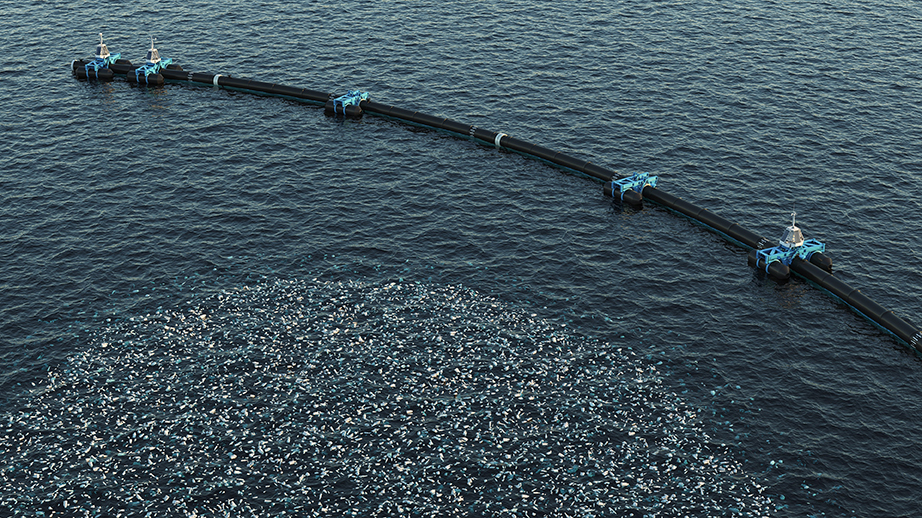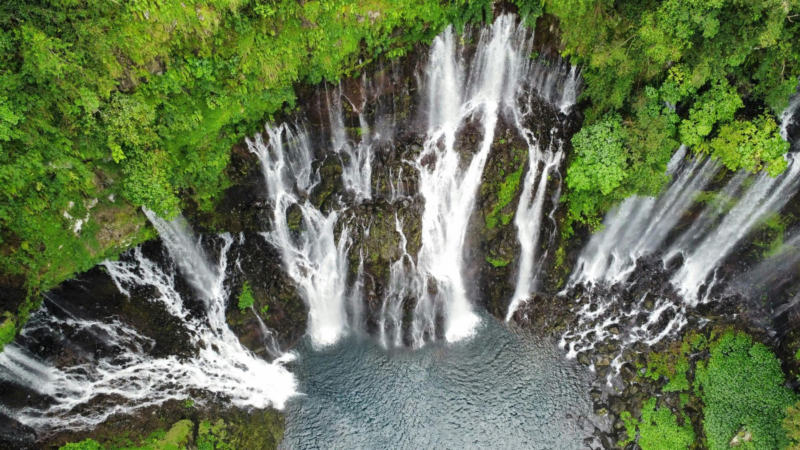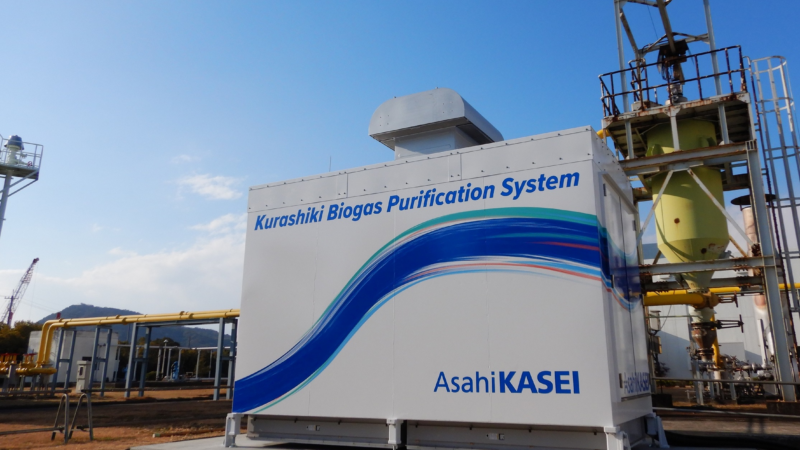The mystery of plastic waste: What’s really going on in the water
With their action day on June 8th, the United Nations aims to highlight the importance of the oceans and their protection. One central aspect: plastic waste. It’s there, but how much exactly? Recent studies show that less plastic could end up in the sea than previously thought. Furthermore, scientists have identified bacteria capable of consuming plastic, and there’s even a shark-like robot designed to target and remove waste from the ocean.
Oceans are difficult to assess, as is the plastic waste that is supposed to be there. Actually. Because less plastic is found in the sea than there should be considering the waste input from mass production since the 1950s. Science speaks of the „Missing Plastic Paradox.“
Evaluation shows: Not as much plastic in the sea as assumed
One possible answer to the phenomenon of missing plastic is now provided by the Dutch data expert Mikael Kaandorp. Starting point: Older studies in their model calculations assumed that around 4 to 12 million tons of plastic are deposited in the oceans every year. The researcher comes to different results in his study at Utrecht University: According to him, about 500,000 tons of plastic waste actually enter the sea each year, which is about a tenth of the previously assumed amount. The figures result from a computer model that analyzed approximately 20,000 measurements. The topic therefore still needs to be researched further, says Mikael Kaandorp: „We are really still looking for order of magnitude.“
New insights: Bacteria consume the plastic
In addition to the figures from scientist Kaandorp, the laboratory of the Royal Netherlands Institute for Sea Research (NIOZ) on Texel provides another explanation for the puzzle. Experiments there showed that plastic breaks down into the smallest compounds due to the UV light of the sun, which can be completely degraded by microorganisms. Laboratory experiments have shown that a bacterium called „Rhodococcus ruber“ completely consumes and digests plastic. The researchers calculated that about one percent of the plastic is broken down each year. Over the years, this adds up to a measurable factor for the discrepancy.
Garbage patches reveal: Where the plastic originates
An investigation of the subtropical „North Pacific Garbage Patch“ (NPGP) revealed that a significant part of the plastic waste there does not originate from rivers and coasts, but mainly from fishing boats, predominantly from Japan, China, Korea, the USA, and Taiwan. Lost and discarded fishing gear, including nets and lines, accounts for between 75 and 86 percent of the floating plastic in the NPGP. This could apply to all oceans, especially where intensive fishing occurs. It shows the significant role, that industrial fishing should play in combating waste.
Creative solutions: How to reduce plastic in the sea
There are numerous initiatives to rid the oceans of waste. One example is „The Ocean Cleanup“, a Dutch organization that uses boats to vacuum waste from the sea surface or filters it from rivers before the plastic ends up in the ocean. Another company in the Netherlands relies on a barrier with bubble curtains: Air rises from small holes in a tube on the riverbed and brings the plastic to the surface. There, it is pushed against the barrier by the current and can be collected in a container. There is now also a waste shark: The „Wasteshark“ is the world’s first autonomous disposal robot that „devours“ plastic waste in ports, canals, and urban waters.
The royal road: Recognizing plastic waste as a valuable resource
Before plastic waste enters the sea via coasts and rivers, it was usually disposed of carelessly in the environment or disposed of in wild landfills, which also contaminate soils and groundwater. The royal road for plastic waste is proper disposal and subsequent recycling – in recycling for new products or through thermal conversion into energy. This turns plastic waste from a disposable product into a valuable resource. Both humans and the sea benefit from this, in line with a common World Oceans Day.
About the yes or no Editorial Team
A team of experienced writers and editors transforms relevant topics and well-researched information into clear and journalistically sophisticated texts.
For more information about us, visit: www.yesorno.de
Company-Contact
yes or no Media GmbH
Claudia Wörner
Vor dem Lauch 4
70567 Stuttgart
Phone: +49 (0) 711 75 85 89 90
E-Mail: 
Url: http://www.yes-or-no.de
Press
yes or no Redaktion
Claudia Wörner
Vor dem Lauch 4
70567 Stuttgart
Phone: +49 (0) 711 75 85 89 90
E-Mail: 
Url: http://www.yes-or-no.de
Die Bildrechte liegen bei dem Verfasser der Mitteilung.






